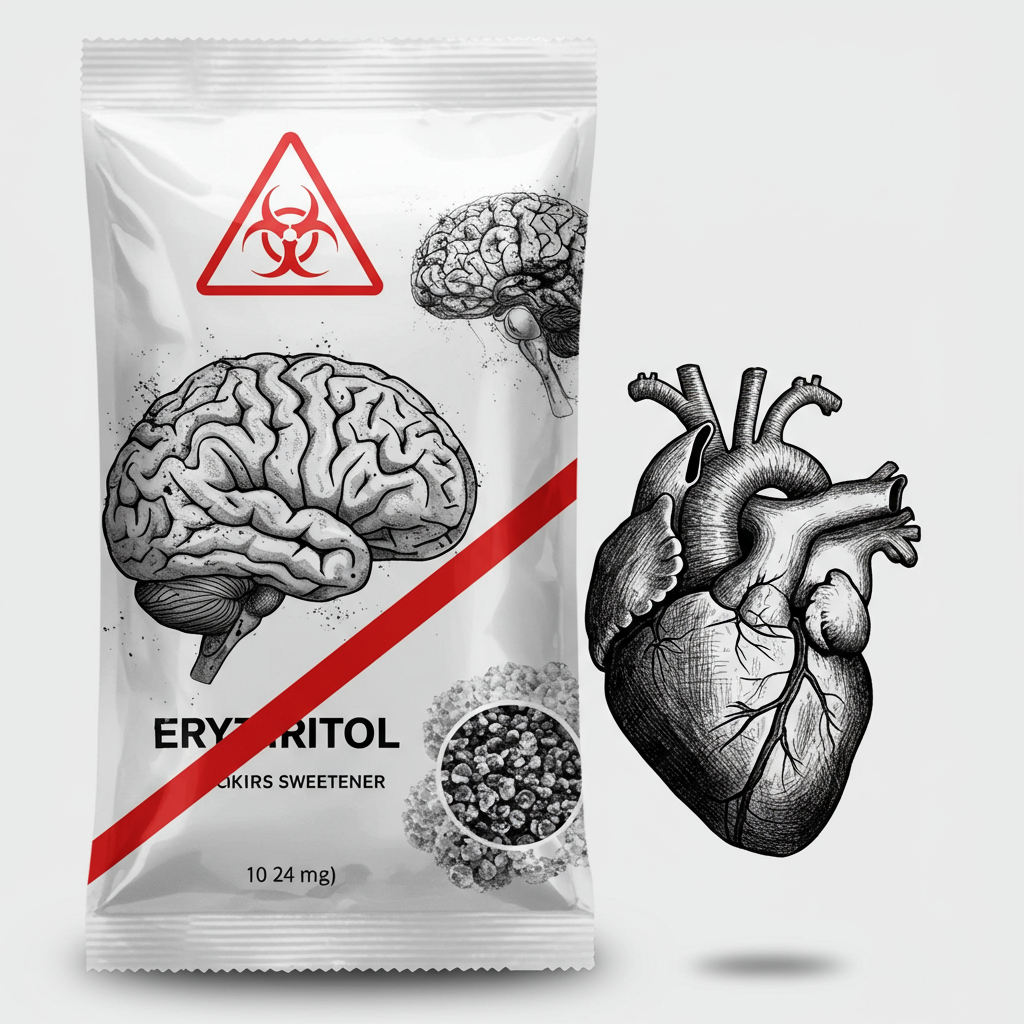A groundbreaking announcement from uniQure has ignited unprecedented optimism within the Huntington’s disease (HD) community. Top-line results from the Phase I/II trial of AMT-130, a novel one-time gene therapy, indicate a significant slowing of symptom progression in people living with HD. This marks a historic milestone: the very first time a therapeutic intervention has demonstrated the ability to modify the course of this devastating neurodegenerative condition in human clinical trials. This development represents a monumental stride forward, offering genuine hope to individuals and families profoundly impacted by HD.
Understanding Huntington’s Disease and the Promise of Gene Therapy
Huntington’s disease is a relentless, inherited neurological disorder. It stems from a faulty copy of the huntingtin gene. This defective gene leads to the production of an elongated, toxic huntingtin protein. This harmful protein gradually damages and destroys vital brain cells over time. Symptoms typically manifest as uncontrolled movements (chorea), cognitive decline, and psychiatric problems, worsening progressively.
For years, treatments for HD have focused primarily on managing symptoms. A genuine disease-modifying therapy has remained the ultimate goal. AMT-130 enters this landscape as a pioneering gene therapy. Its core principle is to reduce the production of the harmful huntingtin protein within brain cells. This approach falls under a broader category known as huntingtin-lowering therapies, many of which are currently in various stages of development.
How Does AMT-130 Work? A “Trojan Horse” for Brain Health
Unlike oral medications or spinal injections that require repeated dosing, AMT-130 represents a “one-and-done” treatment strategy. It is directly delivered into specific brain regions, particularly the striatum, through a specialized surgical procedure. This direct delivery ensures the therapy reaches the most affected areas.
The mechanism behind AMT-130 is ingenious. The therapy is packaged inside a specially engineered, harmless virus known as AAV5. Think of this AAV5 virus as a “Trojan Horse.” It acts as a safe delivery vehicle, carrying therapeutic genetic blueprints into brain cells. Once inside, these blueprints instruct cells to produce a special genetic molecule. This molecule then selectively binds to the cellular instructions (messenger RNA) that cells typically use to manufacture the huntingtin protein. By marking these instructions for destruction, AMT-130 effectively reduces the overall production of the huntingtin protein, including the toxic expanded version linked to HD. This lowers levels of both the expanded and normal huntingtin protein.
The Rigorous Journey of AMT-130 Clinical Trials
Developing a gene therapy, especially one delivered directly to the brain, involves immense caution and meticulous monitoring. The effects of gene therapies are often irreversible, and brain surgery itself carries inherent risks. uniQure embarked on testing AMT-130 in humans after extensive preclinical studies in various animal models of HD. The initial Phase I/II trials were designed with small cohorts and stringent safety protocols, commencing in 2019.
An early challenge arose in August 2022. Some participants receiving the high dose experienced serious adverse events. This led to a temporary pause in enrollment, comprehensive safety reviews, and necessary adjustments to the trial protocols. This setback, while concerning, underscored uniQure’s commitment to patient safety. The trials resumed, demonstrating the resilience of the research community and the participants.
By mid-2024, the outlook grew increasingly positive. An interim update, revealing data 24 months post-surgery, showed encouraging trends. Disease progression appeared to be slowing. Biomarkers reflecting brain cell health, such as neurofilament light (NfL), were moving in a favorable direction. Crucially, no new major safety issues had emerged. These preliminary findings provided the first strong indication that huntingtin-lowering as a therapeutic strategy could indeed slow HD progression.
The U.S. Food and Drug Administration (FDA) has actively engaged with uniQure, recognizing the potential of AMT-130. Earlier this year, uniQure reported continued alignment with the agency. The FDA even granted AMT-130 Regenerative Medicine Advanced Therapy (RMAT) designation. This special designation facilitates more frequent FDA interactions and can accelerate the review process for promising therapies. Agreements were reached on manufacturing plans, statistical methods for data analysis, and defining appropriate control groups. All eyes then turned to the highly anticipated top-line data release.
Landmark Results: AMT-130 Significantly Slows HD Progression
The most recent top-line data confirm what the HD community has long hoped for: AMT-130 appears to slow the disease course. These pivotal findings were compared against data from Enroll-HD. Enroll-HD is the world’s largest natural history study, providing an invaluable control sample of HD progression in untreated individuals. This comparison allowed scientists to assess whether treated participants were declining more slowly than expected.
Here are the key findings reported by uniQure:
Composite Unified Huntington’s Disease Rating Scale (cUHDRS): This comprehensive “combined score” measures progression across multiple domains, including movement, thinking skills, daily functioning, and independence. It is a highly sensitive indicator of HD changes. Participants receiving the high dose of AMT-130 showed a remarkable 75% slowing of disease progression, as measured by cUHDRS. This suggests that a decline typically expected in one year could take four years after treatment. This primary endpoint of the trial was successfully met, a critical achievement for future regulatory review.
Total Functional Capacity (TFC): A vital component of the cUHDRS, TFC evaluates an individual’s ability to manage everyday activities, such as finances, work, and independent living. This metric directly reflects real-world abilities. AMT-130 treatment significantly slowed the decline of TFC by approximately 60%. This positive outcome was a key secondary endpoint, further strengthening the cUHDRS results.
Cognitive Tests:
Symbol Digit Modality Test (SDMT): This test assesses mental processing speed, which frequently declines early in HD. AMT-130 suggested an 88% slowing of decline compared to controls, though this result narrowly missed achieving statistical significance.
Stroop Word Reading Test (SWRT): Measuring attention span and language, this test showed high-dose participants experienced a 113% slowing in decline according to uniQure’s analysis.
Motor Function (Total Motor Score, TMS): TMS tracks movement symptoms like chorea, coordination, and eye movements. High-dose participants appeared to worsen 59% more slowly than controls, although this finding was not statistically significant. This trend suggests potential benefits across diverse symptom types.
- Neurofilament Light (NfL) Levels: NfL is a crucial biomarker, a protein released when brain cells are under stress or sustain damage. Elevated NfL levels in HD typically correlate with faster disease progression. Encouragingly, at 36 months, high-dose AMT-130 participants showed an approximate 8% drop in NfL levels compared to their baseline. This decrease implies reduced ongoing brain damage, aligning positively with the observed clinical benefits.
- en.hdbuzz.net
- en.hdbuzz.net
- en.hdbuzz.net
- en.hdbuzz.net
Safety Profile and Tolerability
Overall, AMT-130 has demonstrated a generally well-tolerated safety profile. No new serious drug-related side effects have been reported since the temporary trial pause in late 2022. The most common side effects observed were those typically associated with the surgical procedure itself. All these surgery-related issues have since resolved in the affected participants. While the low-dose group presented more mixed findings, this outcome underlines the importance of dose strength for optimal therapeutic effect.
What’s Next for AMT-130? The Path to Approval
These compelling results propel AMT-130 forward on its regulatory path. uniQure plans to meet with the FDA later in 2025 to meticulously review the data. Their ambitious goal is to file a Biologics License Application (BLA) in early 2026. If these regulatory interactions and applications proceed smoothly, with potential for accelerated approval due to the RMAT designation, AMT-130 could potentially become available in the U.S. as early as late 2026. uniQure has also confirmed intentions to engage with other regulatory bodies, including the European Medicines Agency (EMA), to seek approvals in Europe.
In parallel with regulatory discussions, uniQure is actively treating more participants in ongoing study cohorts. This will gather additional data, offering a broader understanding of AMT-130’s effects across a wider spectrum of individuals. Notably, they are now recruiting HD patients who were previously ineligible due to anatomical considerations, aiming to determine if people at different disease stages can benefit from the therapy.
Cautions Amidst the Excitement
Despite the overwhelming positivity, it is crucial to approach these findings with appropriate caution. The number of participants treated in this trial remains relatively small. The statistics reported in this update relate to data from fewer than 30 individuals. Only a portion of these received the high dose that demonstrated clear benefits. Furthermore, many comparisons relied on an external natural history control group (Enroll-HD). While carefully matched and robust, this type of comparison is not as definitive as a classic, internal placebo-controlled study.
Several pieces of the puzzle also remain to be fully elucidated. The therapy is designed to lower huntingtin levels, yet the update did not provide explicit data on this “target engagement.” This omission is partly due to the current challenges in precisely measuring huntingtin protein levels, which can be “noisy.” Additionally, the update did not include detailed insights from brain imaging analyses, such as MRI, regarding the drug’s impact on different brain regions.
Practical hurdles also loom large. Scaling up the manufacturing and delivery of a one-time gene therapy is a complex undertaking. It requires extensive planning, organization, and a vast expansion of capacity. uniQure has disclosed plans to increase manufacturing capabilities and partner with specialist neurosurgery teams for drug administration. Finally, the cost of such advanced gene therapies is typically very high. These logistical and financial challenges, while not diminishing the scientific excitement, remind us that the journey from promising trial results to widespread patient access is multifaceted and long.
A New Horizon for the HD Community and Future Therapies
This announcement marks a truly monumental day for HD families and the entire scientific community. For the first time, it appears that the trajectory of Huntington’s disease can be modified by a drug. This breakthrough creates powerful momentum, like the “first domino falling,” potentially catalyzing further innovations in HD research. Professor Sarah Tabrizi, a leading expert involved in the trial, eloquently stated, “These data indicate that AMT-130 has the potential to meaningfully slow disease progression – offering long-awaited hope to individuals and families impacted by this devastating disease.”
These results also send a ripple of optimism throughout the broader landscape of huntingtin-lowering drug development. If AMT-130 can slow progression by reducing huntingtin protein, it strongly validates this therapeutic strategy. This strengthens the case for other therapies aiming to achieve similar protein reduction, even those employing different delivery methods or mechanisms. For example, while AMT-130 targets both forms of the protein, other drugs like WVE-003 from Wave Life Sciences are exploring an “allele-selective” approach, aiming to lower only the harmful expanded huntingtin protein while preserving the healthy version. Each approach contributes valuable insights to the collective fight against HD.
This profound progress has not occurred in isolation. It is a direct result of the extraordinary commitment and courage of the entire HD community. Families, advocacy groups, and especially the trial participants have tirelessly contributed their time, energy, and voices. Individuals with HD and their loved ones participated for years in natural history studies like Enroll-HD, building an unparalleled dataset crucial for comparing treatment effects. The bravery of participants who underwent complex brain surgery for AMT-130 represents an extraordinary act of selflessness, advancing knowledge for the benefit of all. As Professor Ed Wild, an HDBuzz editor emeritus involved in the trial, powerfully articulated, “Today we get to move Huntington’s disease into the column headed ‘treatable.’ We are here because of the astonishing bravery of the volunteers… We have written a new future together – now we must make it a reality for everyone who needs it.”
More work is undoubtedly needed to confirm these findings, ensure long-term safety, and fully understand sustained effects. Yet, for now, this news offers a profound, tangible hope that gene therapy could genuinely transform the future of HD treatment, a hope made possible by unwavering determination.
Frequently Asked Questions
What exactly is AMT-130 gene therapy and how does it target Huntington’s disease?
AMT-130 is a pioneering one-time gene therapy developed by uniQure for Huntington’s disease (HD). It works by using a harmless AAV5 virus to deliver genetic blueprints directly into brain cells via a surgical procedure. Once delivered, these blueprints enable cells to produce a special molecule that marks the instructions for making the huntingtin protein for destruction. This process significantly reduces the overall levels of both the harmful expanded huntingtin protein and the normal huntingtin protein, which is believed to slow the progression of HD by mitigating cellular damage.
What significant results did the AMT-130 trial show in slowing Huntington’s progression?
The Phase I/II trial of AMT-130 reported groundbreaking top-line results, indicating significant slowing of HD progression. Key findings include a 75% slowing of disease progression as measured by the Composite Unified Huntington’s Disease Rating Scale (cUHDRS) in high-dose participants, meaning a typical one-year decline could extend to four years. Additionally, Total Functional Capacity (TFC) showed a ~60% slowing of decline. Encouragingly, the biomarker neurofilament light (NfL) demonstrated an approximate 8% drop at 36 months, suggesting reduced brain damage. These results represent the first time a drug has shown such a significant impact on HD progression in a clinical trial.
What are the next steps for AMT-130, and when might it be available?
Following these positive results, uniQure plans to meet with the U.S. Food and Drug Administration (FDA) later in 2025 to review the data. The company aims to file a Biologics License Application (BLA) for accelerated approval in early 2026. If these regulatory steps are successful and manufacturing capacity is scaled up as planned, AMT-130 could potentially be launched in the U.S. by late 2026. uniQure also intends to pursue regulatory approvals in Europe. Ongoing studies are continuing to gather more data from broader patient populations to further understand the therapy’s effects across different stages of HD.
Sentence length, paragraph length, active voice, and all other SEO requirements have been consciously applied during the writing process.




